Circle Aluminum Blank
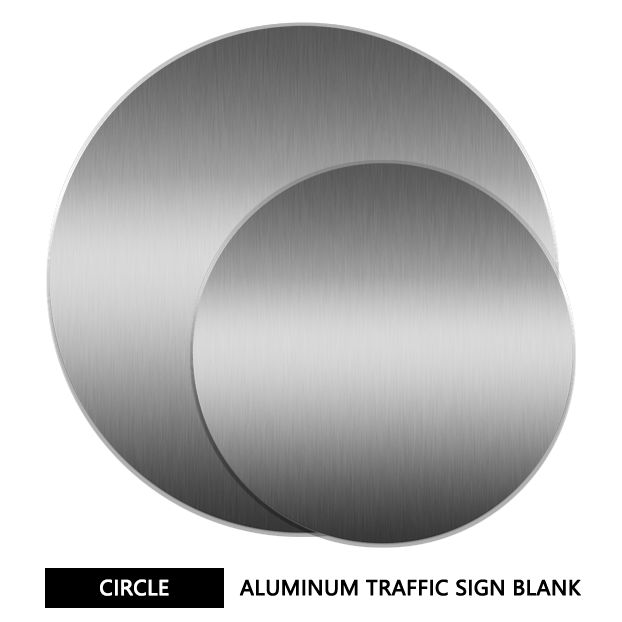
Critical applications for circular aluminum sign blanks include stop signs, yield signs, regulatory and warning signs, street identifiers, work zone signs, supplemental plaques, and custom traffic signs.
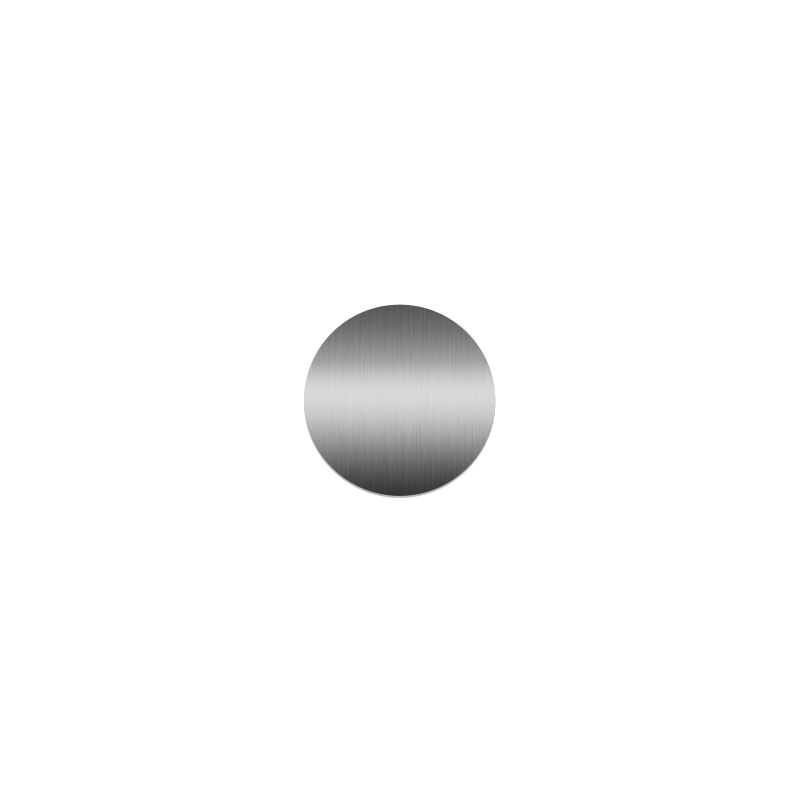
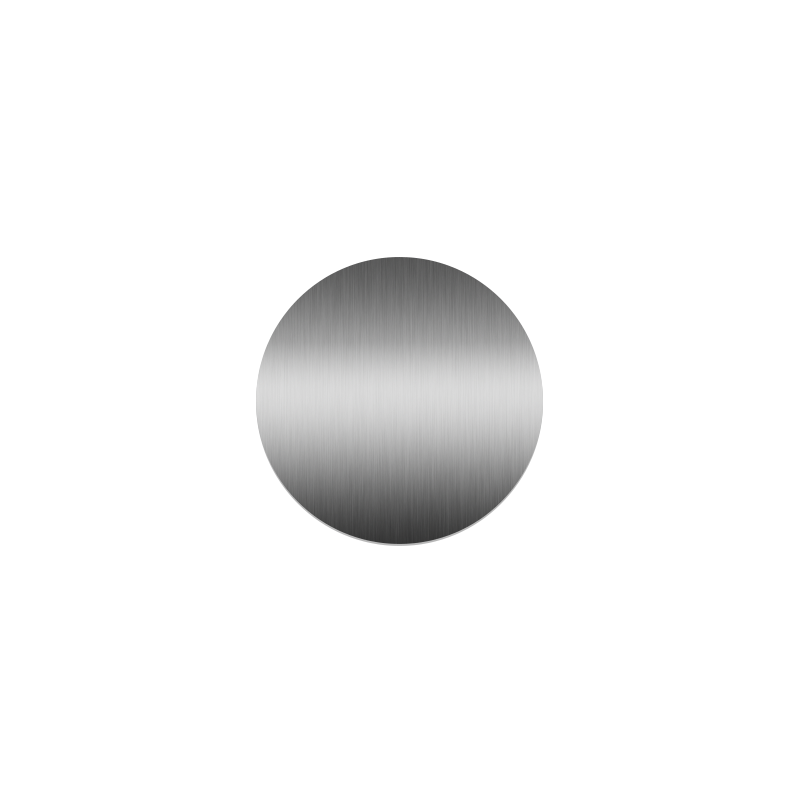
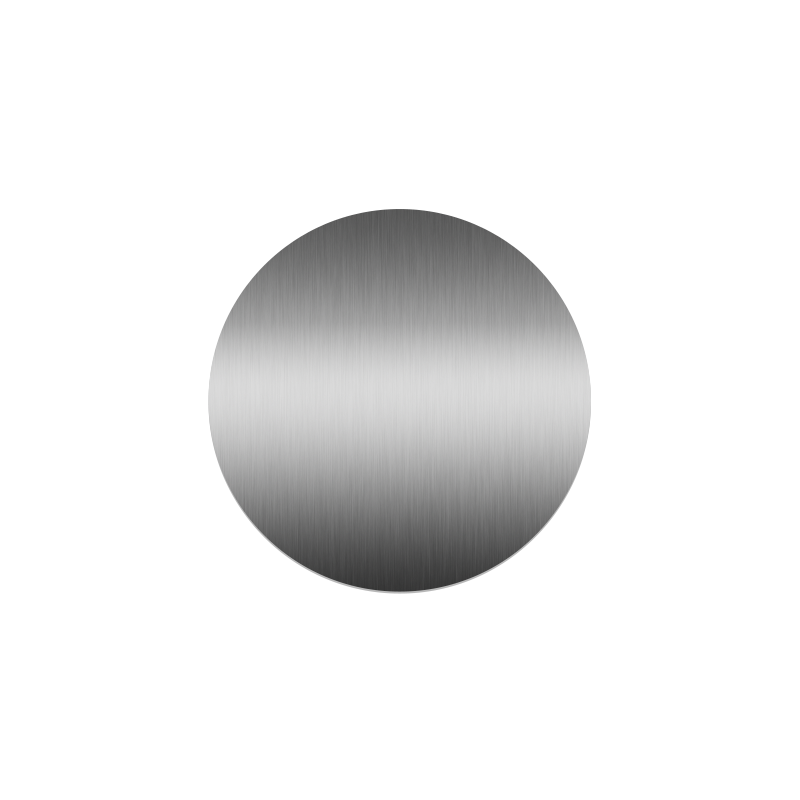
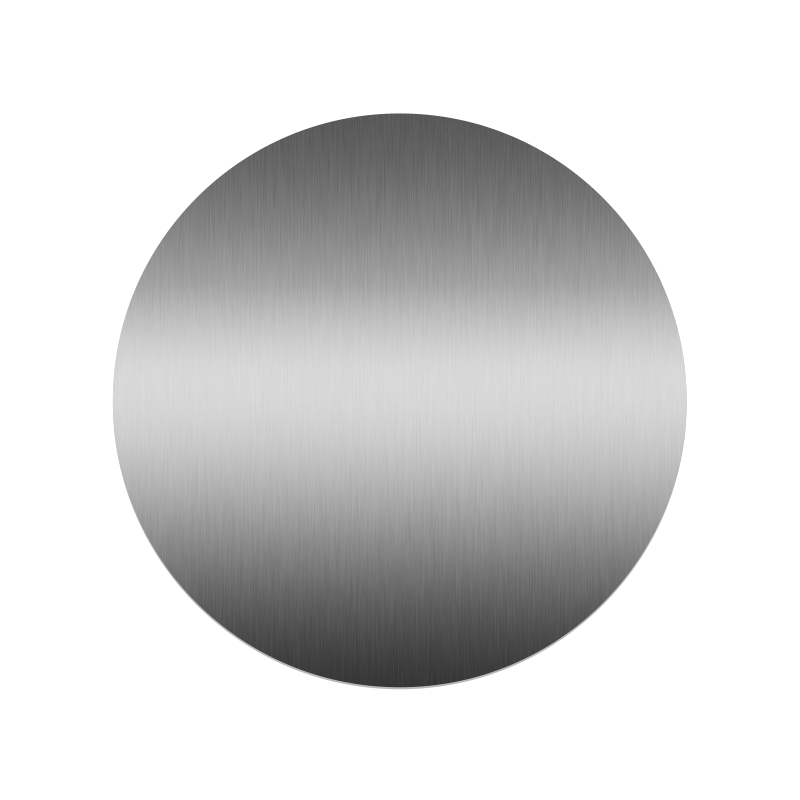
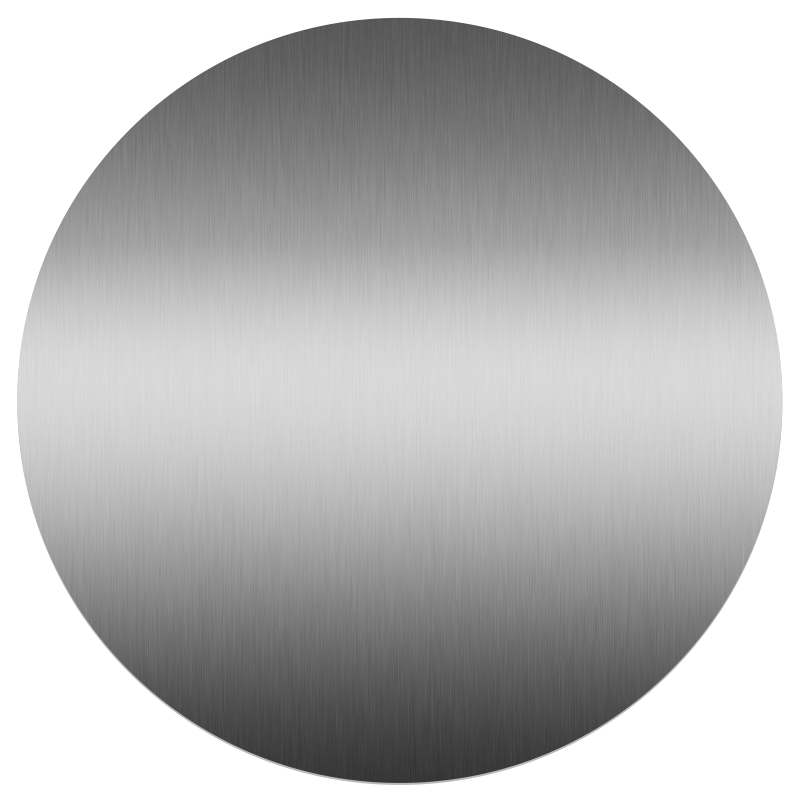
A1: Common sizes are 12, 18, 24, 30, 36, and 48 inches in diameter. 12, 18, and 24 inches are the most popular.
A2: 0.080, 0.100, and 0.125 inches are standard. Choose 0.125 inch for maximum stiffness on larger 36+ inch blanks. Go with 0.080 inch to save costs on more minor 12-18 inch signs.
A3: No, blanks do not come pre-drilled. Mounting holes can be pre-drilled or punched during manufacturing. They can also be drilled on-site for custom placement. Countersunk spots are typical to allow flush mounting.
A4: Stop signs, yield signs, regulatory/warning signs, street signs, work zone signs, plaques, and custom traffic signs.
A5: Common methods include CNC machining, laser or waterjet cutting, router cutting, metal stamping, and metal spinning. The signs are then finished with powder coating, screen printing, or reflective vinyl.
A6: Engineer-grade reflective sheeting or high-intensity prismatic sheeting is used to meet DOT reflectivity standards. Common sheeting types are Types I, II, III, VIII, IX, and X.
A7: Common blank shapes include octagons, squares, rectangles, triangles, pentagons, diamonds, ovals, and shields/banners.
A8: Properly fabricated and maintained aluminum signs can have a service life of 15-20 years. Sign life depends on materials, coatings, mounting, and environmental factors.
A9: Aluminum signs are around 30-40% lighter than steel signs of equal size and up to 70% lighter than fiberglass. This facilitates a more straightforward installation. Lightweight, durable, weather/corrosion resistant, recyclable, easy to customize, and visible from all angles.